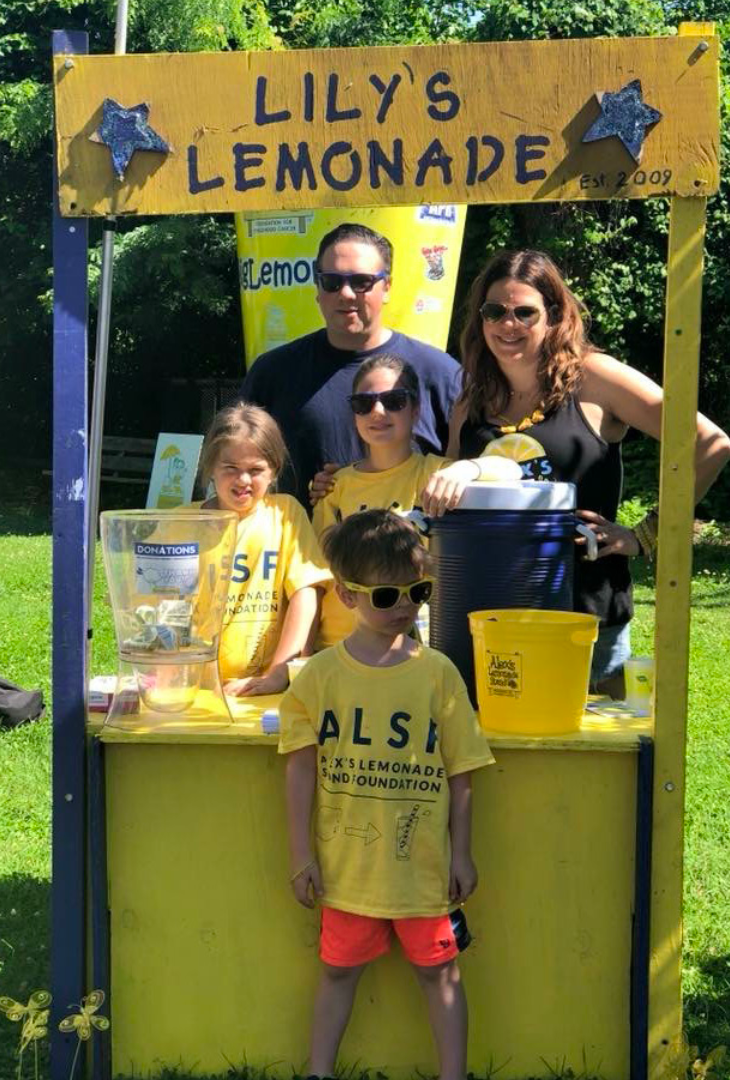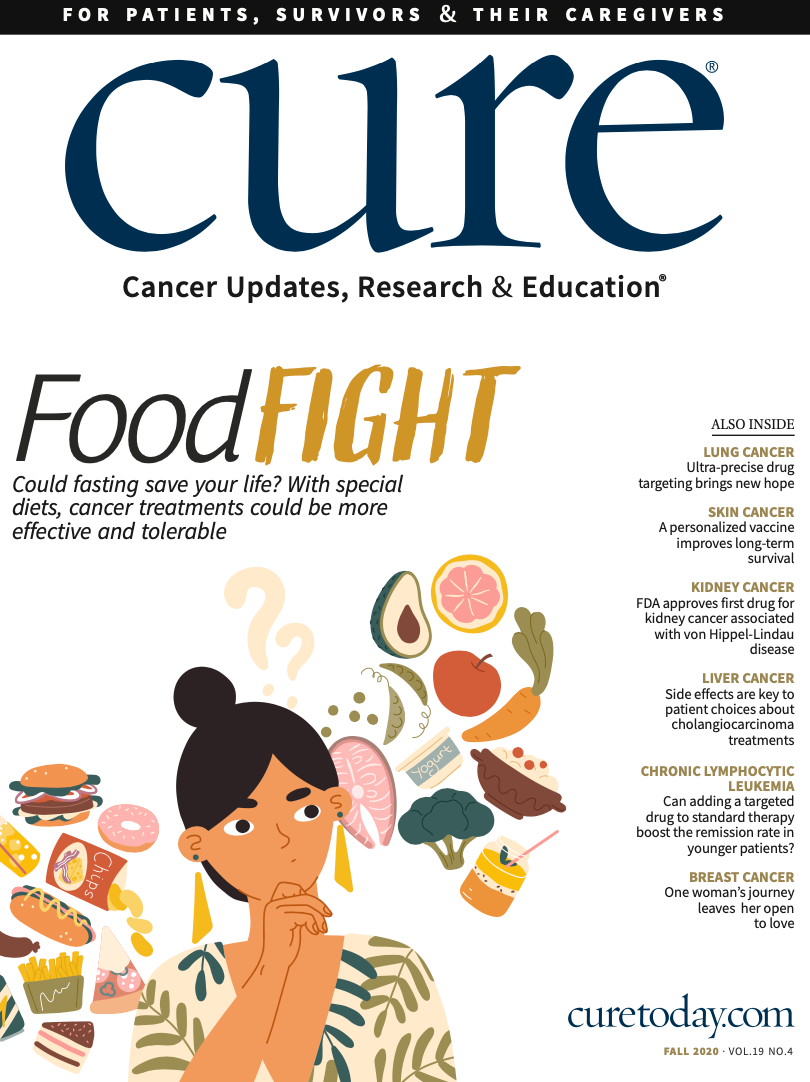Publication
Article
CURE
RACE for Children Act to 'Level the Playing Field for Kids' with Cancer
Author(s):
The RACE for Children Act will create more clinical trial options for young patients with cancer and, ultimately, more pediatric oncology drugs.
The number of cancer clinical trials available to children is expected to grow substantially under a new law that went into effect Aug. 18.
The Research to Accelerate Cures and Equity (RACE) for Children Act requires that those testing new drugs in adults must also test the medications in children if both populations share the molecular anomaly targeted by the therapy.
Originally signed into law in August 2017, the RACE for Children Act amends the Pediatric Research Equity Act (PREA) that had similar requirements but also had a loophole: If the pediatric cancer in question was considered an orphan, or rare, disease, sponsors did not have to conduct trials in children.
Since all pediatric cancers are orphan diseases, defined as those that affect 200,000 or fewer individuals nationwide each year, that was a major problem, says Trish Adkins, a writer for the nonprofit organization Alex’s Lemonade Stand Foundation and the mother of a childhood cancer survivor. Adkins has much more hope for the RACE for Children Act.
“Less than 4% of our federal cancer research budget goes toward childhood cancer research, and that’s something that’s always been a drumbeat in the pediatric cancer community — that our children need more research, that they need more funding,” Adkins said. “As a parent, this is one more option. Pediatric cancer research is something we all have to work on together, from passing legislation that compels pharmaceutical companies to participate to funding research privately through foundations like Alex’s Lemonade Stand.”
Trish Adkins and her husband, Mike Adkins, work with their hildren to raise funds for pediatric cancer research through the Alex’s Lemonade Stand Foundation. The children, from tallest to smallest, are Lily adkins, Chloe Adkins and Nicholas Adkins

The Food and Drug Administration has listed 205 molecular targets common to both pediatric and adult cancers to help guide the application of the act. “If a drug company is studying these molecular targets for adults, they also have to study them for children,” Adkins says, either by adding a trial arm or creating a separate study.
Adkins is excited about the long-term possibilities this could open up for childhood cancer survivors.
“Kids who have been treated for cancer are twice as likely to have chronic health conditions later in life versus their peers who have not,” she says. “Those conditions can be fatigue and sleeplessness, severe heart conditions or multiorgan failure later in life because of all the harsh drugs they’ve been given to help them survive. The thought is that, by targeting cancer in a precise way (with novel drugs), not only are you more effective, but these treatments are also safer. They leave fewer long-term devastating side effects.”
Now that more clinical trials are expected, will parents be willing to enroll their children? Adkins is certain they will.
“Families and their oncologists usually start with the standard of care, and if that fails, the options left are mostly pediatric clinical trials or studies,” she says. “For families, enrolling in a clinical trial represents hope, (and) I think families are incredibly receptive to enrolling in clinical trials.”
Adkins got involved with Alex’s Lemonade Stand Foundation a couple of years after her daughter, Lily, received a diagnosis of ependymoma, a brain tumor, at 14 months old. While Lily was receiving treatment at Children’s Hospital of Philadelphia, Adkins heard a talk there by Liz Scott — mother of Alexandra Scott, the namesake of Alex’s Lemonade Stand Foundation — about research the organization had funded and the hope that science held for children with cancer.
“As a mom who was really worried about her child, that was what I needed to hear,” Adkins recalls. “So my family became involved as volunteers and fundraisers. And then Alex’s was hiring a writer, so it was a really good fit for me.”
Today, Lily, 14, is cancer free after standard-of-care surgery and proton beam radiation, although she lives with long-term side effects.
“We always live with the specter of not just whether the cancer could come back, but whether the radiation she had could cause a secondary cancer,” Adkins says. “Those are things that she now, as a young adult, has to carry with her and soon take responsibility for on her own.”
For now, Lily navigates those issues with the help of her two younger siblings, who have been by her side through years of physical and occupational therapy and follow-up MRIs, Adkins says.
“As they all get older, they start to understand more and more what’s at stake,” she says. “But working with Alex’s Lemonade Stand Foundation, both as a staff member and as a family that volunteers, it helps them see how much power they have. We can’t control if cancer comes back, but the things we can control are advocating, working, fundraising and trying to make sure there’s more research and more treatment for kids.”
Looking ahead, Adkins points out that the RACE for Children Act is “just one piece of how cures for children are going to happen.”
Other positive steps will include “a push through Alex’s Lemonade Stand Foundation to ensure that big data (extremely large data sets that may reveal patterns, trends and associations) is analyzed, harmonized and available for researchers, which can accelerate treatments. And there’s the piece that involves supporting families through treatments so they can get to these clinical trials, especially through COVID-19, which has created more travel restrictions. It’s all of those pieces working together that really can make this happen. And it’s nice to see this RACE Act adding to the pot and leveling the playing field for kids.”



























